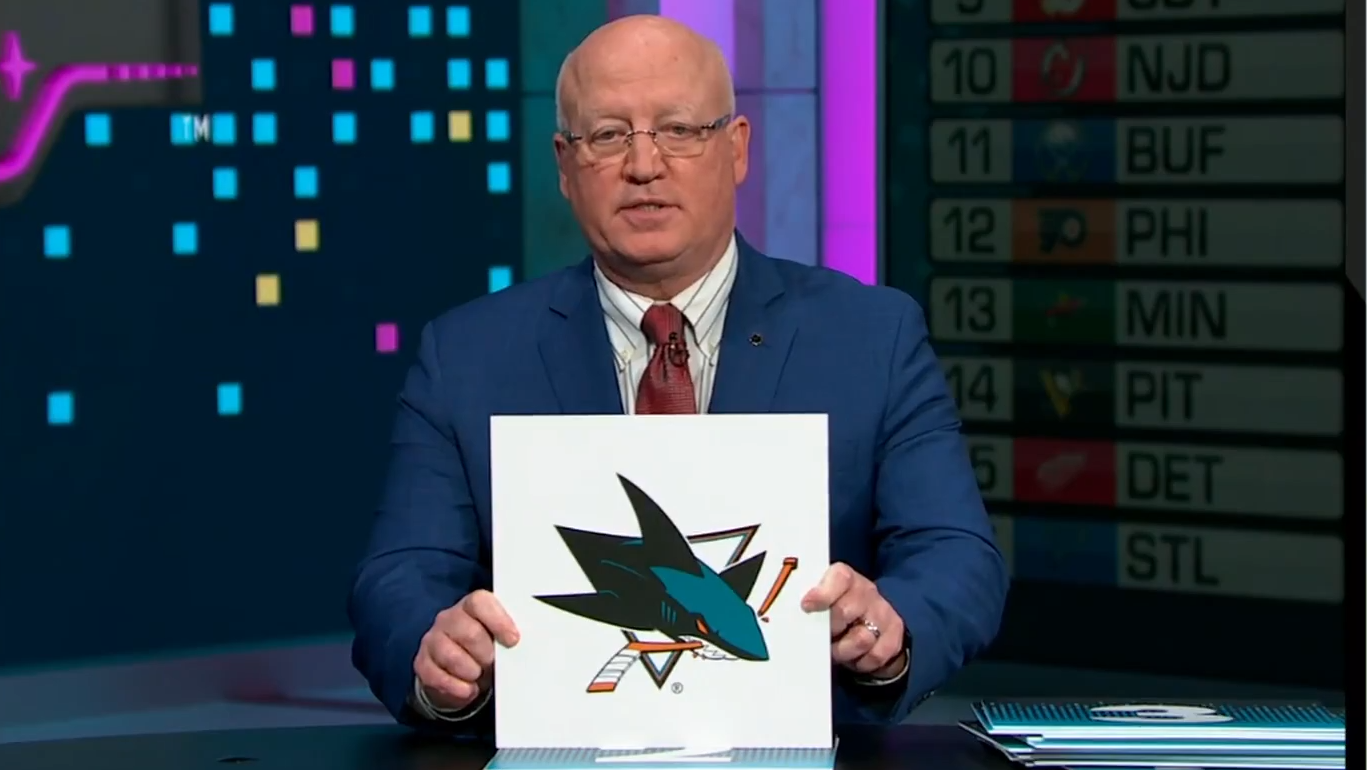Fentanyl: The Cost Of China's Involvement

Table of Contents
China's Role in Fentanyl Precursor Chemical Production
China's role in the global fentanyl crisis is multifaceted, but its primary contribution lies in the production of precursor chemicals. These chemicals, essential for fentanyl synthesis, are largely manufactured in China and subsequently exported, often illegally, to clandestine laboratories worldwide.
The Chemical Supply Chain
The supply chain is complex and often opaque. China produces a wide range of precursor chemicals, including:
- Aniline: A key component in the synthesis of various fentanyl analogs.
- Piperidine: Used in the production of several potent opioid drugs.
- N-Phenethylpiperidine: Another crucial precursor for fentanyl synthesis.
The sheer volume of these chemicals exported from China is alarming. While precise figures are difficult to obtain due to the clandestine nature of the trade, reports from international agencies suggest massive quantities are shipped annually, much of it destined for illicit drug production. Loopholes in international regulations and challenges in tracking shipments across borders exacerbate the problem.
The Lack of Effective Regulation
International cooperation in regulating the export of these precursor chemicals is insufficient. While some measures are in place, they are often circumvented by sophisticated trafficking networks. Examples abound of cases where shipments of precursor chemicals, ostensibly destined for legitimate uses, were diverted to illegal fentanyl labs. Tracking and monitoring the movement of these chemicals is an ongoing challenge, requiring enhanced international collaboration and advanced technologies.
The Economic Impact of the Fentanyl Crisis
The fentanyl crisis imposes a tremendous economic burden, extending far beyond the cost of law enforcement and drug treatment.
Healthcare Costs
The strain on healthcare systems due to fentanyl overdoses is immense. Emergency room visits, hospitalizations, and long-term care for addiction treatment represent a substantial drain on resources. According to recent studies, the cost of treating fentanyl overdoses in the United States alone runs into billions of dollars annually. This excludes the significant societal burden of lost productivity due to addiction and disability, further contributing to the overall economic impact.
Law Enforcement Costs
Combating fentanyl trafficking requires significant resources. Law enforcement agencies worldwide dedicate considerable manpower and funding to investigating fentanyl-related crimes, seizing shipments, and prosecuting traffickers. The costs associated with these efforts, including investigations, surveillance, seizures, and prosecutions, are substantial, placing an additional strain on already stretched budgets. The challenge is further compounded by the constantly evolving methods used by traffickers to avoid detection.
The Human Cost of China's Involvement
Beyond the economic costs, the most devastating aspect of China's role in the fentanyl crisis is the human cost.
The Devastating Impact on Families
The opioid crisis tears families apart. Countless individuals have lost loved ones to fentanyl overdoses, leaving behind a legacy of grief, trauma, and financial hardship. The emotional toll on families is immense, often leading to long-term mental health challenges and familial breakdown. Children are especially vulnerable, facing neglect, abuse, and the potential for entering the cycle of addiction themselves.
The Public Health Crisis
Fentanyl overdoses are a leading cause of death in many countries. The alarming increase in fentanyl-related deaths highlights the severity of the public health crisis. The long-term consequences of fentanyl addiction, including physical and mental health problems, societal marginalization, and increased crime rates, place a considerable burden on communities worldwide. The addiction itself is incredibly difficult to overcome, leading to a tragic cycle of relapse and further devastating consequences.
Conclusion
China's involvement in the fentanyl crisis is undeniable, contributing significantly to the global opioid epidemic and its catastrophic human and economic costs. The sheer volume of precursor chemicals produced in China, coupled with insufficient international regulation and cooperation, fuels the production of fentanyl and its analogs, leading to widespread devastation.
We must act decisively. We urge readers to learn more about the fentanyl crisis and advocate for stronger international cooperation to curb China's role in the production and distribution of fentanyl and its precursor chemicals. Contact your representatives to push for stricter regulations and increased international collaboration to combat the fentanyl crisis. Organizations like the Drug Enforcement Administration (DEA) and the United Nations Office on Drugs and Crime (UNODC) offer valuable resources and are actively working to address this global challenge. The urgency of this crisis cannot be overstated; collective action is crucial to save lives and mitigate the devastating effects of fentanyl. The time for decisive action is now.

Featured Posts
-
 Analyzing The Aftermath Of Congos Cobalt Export Ban Quota Plan And Market Outlook
May 15, 2025
Analyzing The Aftermath Of Congos Cobalt Export Ban Quota Plan And Market Outlook
May 15, 2025 -
 Utah Hockey Clubs 2025 Nhl Draft Lottery Chances What You Need To Know
May 15, 2025
Utah Hockey Clubs 2025 Nhl Draft Lottery Chances What You Need To Know
May 15, 2025 -
 Foot Lockers Executive Turnover Implications And Predictions
May 15, 2025
Foot Lockers Executive Turnover Implications And Predictions
May 15, 2025 -
 Is It Possible To Bet On The Los Angeles Wildfires Exploring The Dark Side Of Disaster
May 15, 2025
Is It Possible To Bet On The Los Angeles Wildfires Exploring The Dark Side Of Disaster
May 15, 2025 -
 Studio Sulla Distribuzione Delle Microplastiche Nelle Diverse Fonti D Acqua
May 15, 2025
Studio Sulla Distribuzione Delle Microplastiche Nelle Diverse Fonti D Acqua
May 15, 2025
